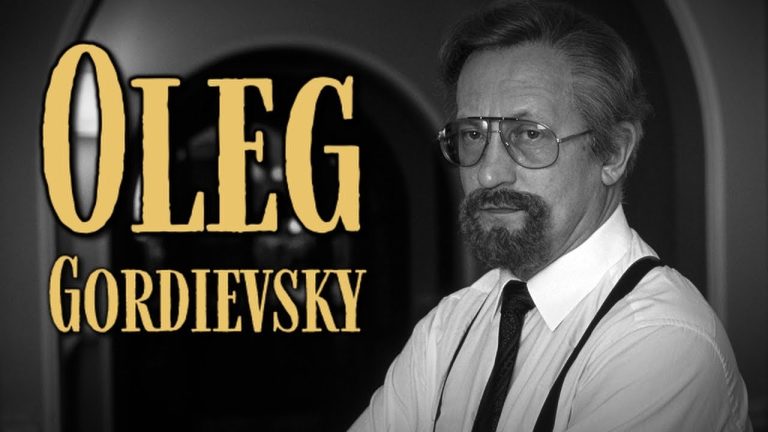In the realm of cinema, few themes resonate as powerfully as the obsessive pursuit of artistic perfection. Two notable films, “Whiplash” and “Black Swan,” delve into the lives of dedicated artists whose relentless ambition leads them to the brink of self-destruction. Both films, though distinct in style and narrative, share a common thread: the harrowing journey of artists striving for greatness while grappling with their inner demons.

“Whiplash,” directed by Damien Chazelle, tells the story of Andrew Neiman, a young jazz drummer who dreams of becoming one of the greats. His ambition brings him under the watchful eye of Terence Fletcher, an intimidating music instructor whose unorthodox teaching methods push Andrew to his limits. From the film’s opening scenes, viewers are thrust into a world of intense practice and high stakes, where Andrew’s desire to be the best becomes both his driving force and his greatest burden.
Conversely, “Black Swan,” directed by Darren Aronofsky, follows Nina Sayers, a ballerina obsessed with perfection as she vies for the lead role in “Swan Lake.” Nina’s struggle to embody both the innocent White Swan and the sensual Black Swan leads her down a dark path of self-doubt and psychological unraveling. The film masterfully explores the pressures of performance and the thin line between brilliance and madness.
At their core, both films depict a transformative journey marked by critical turning points, where the protagonists confront their fears and desires. In “Whiplash,” Andrew’s turning point occurs when he catches Fletcher’s attention, igniting a fierce desire to prove himself. In “Black Swan,” Nina’s pivotal moment arises with the announcement of the audition for “Swan Lake,” setting in motion her quest for the role that embodies her deepest aspirations.
As the narratives unfold, both Andrew and Nina face formidable challenges that test their resolve. The guiding figures in their lives—Fletcher in “Whiplash” and Nina’s director in “Black Swan”—serve as catalysts for their growth while simultaneously embodying the relentless pressure to excel. These mentors impose high expectations, pushing the protagonists beyond their limits and forcing them to confront their vulnerabilities.

However, the journey towards greatness comes at a steep price. As Andrew and Nina strive to achieve their artistic goals, they encounter a series of sacrifices and struggles that threaten their mental and physical well-being. The fear of being replaced becomes a significant theme, driving both characters to extreme measures in their pursuit of perfection. Andrew’s relationship deteriorates as he becomes increasingly isolated, while Nina’s descent into madness culminates in a harrowing confrontation with her darker self.
In the climactic moments of both films, the protagonists reach a point of no return. Andrew’s transformation is marked by a decisive performance that transcends the expectations set by Fletcher, while Nina’s final dance becomes a tragic, yet mesmerizing, embodiment of her ultimate sacrifice for her art. Both characters achieve a moment of greatness, yet it is marred by the profound costs of their obsessive pursuits.
“Whiplash” and “Black Swan” ultimately serve as cautionary tales about the nature of ambition and the sacrifices made in the name of art. While Andrew emerges as a stronger musician, having faced the brutal realities of his aspirations, Nina’s journey concludes with a haunting reminder of the thin line between genius and madness. Both films challenge viewers to consider the true meaning of success and whether the pursuit of perfection justifies the toll it takes on the human spirit.
In exploring the anatomy of the obsessed artist, these films illuminate the complexities of ambition, creativity, and the often devastating consequences of relentless pursuit. Through their compelling narratives and unforgettable performances, “Whiplash” and “Black Swan” stand as poignant reflections on the price of greatness in the world of art.






